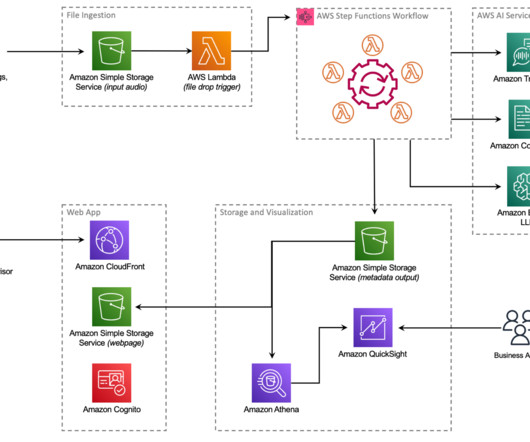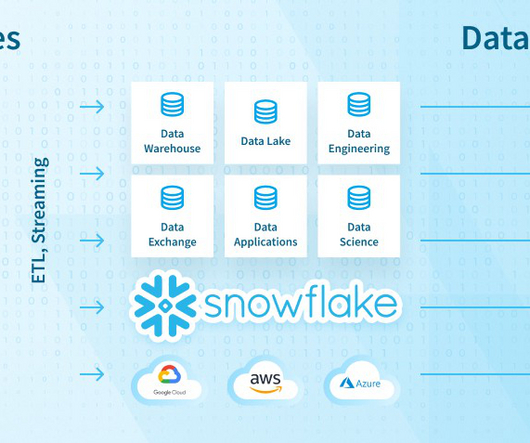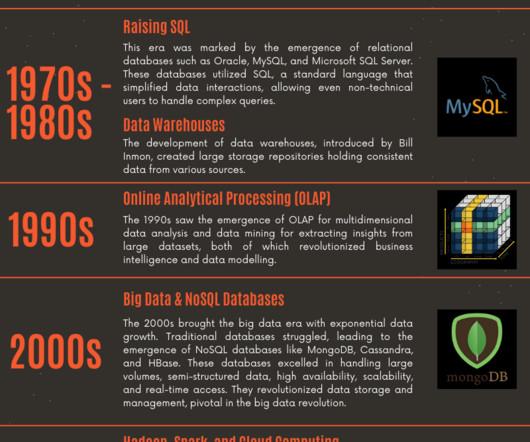Data platform trinity: Competitive or complementary?
IBM Journey to AI blog
JANUARY 18, 2023
Data platform architecture has an interesting history. Towards the turn of millennium, enterprises started to realize that the reporting and business intelligence workload required a new solution rather than the transactional applications. It required a different data platform solution. It was Datawarehouse.














Let's personalize your content